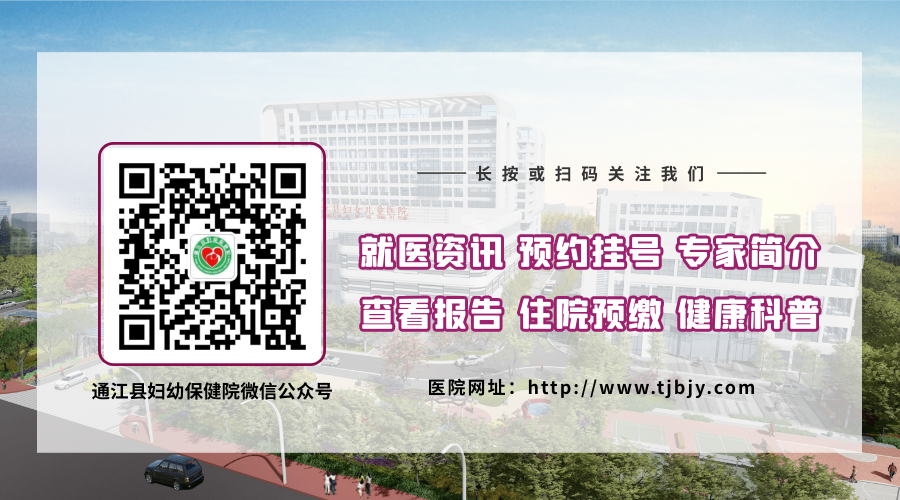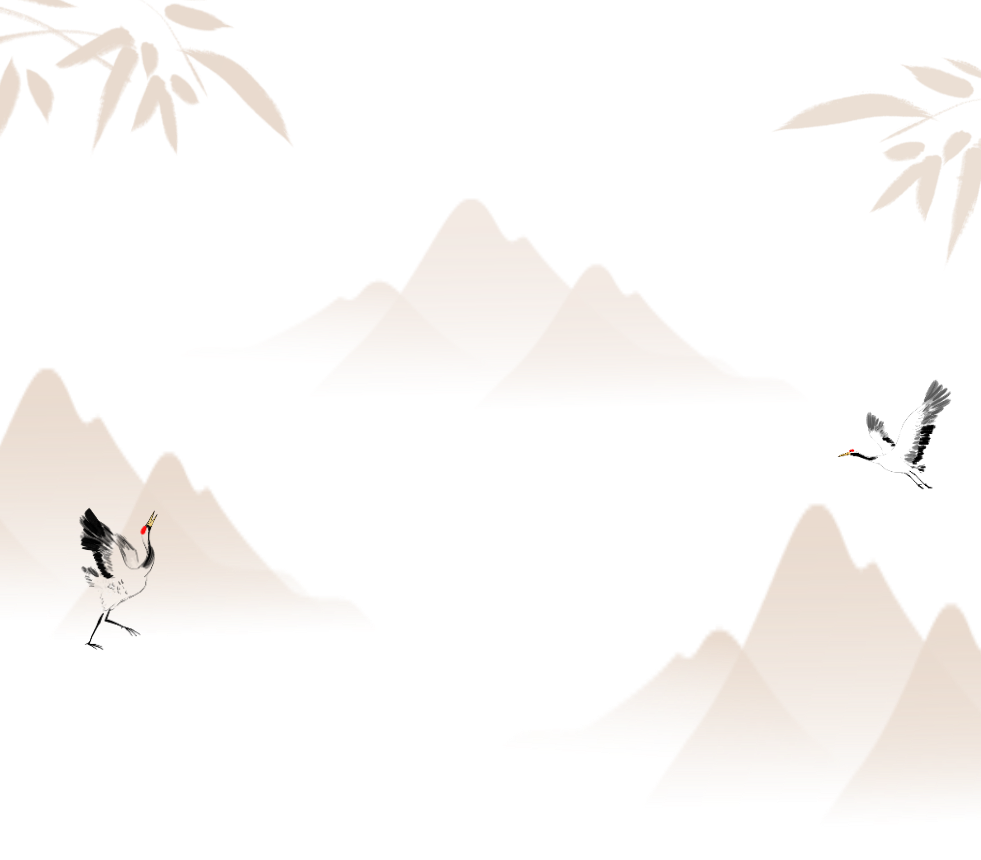
Balance Cupping Therapy
Transmission
Department of Traditional Chinese Medicine, Tongjiang County Maternal and Child Health Hospital


You may have heard of cupping, flash cupping, and moving cupping, but you might not be familiar with Balance Cupping Therapy.
What is Balance Cupping Therapy?
Balance Cupping Therapy originated from fire cupping therapy, evolving from traditional cupping therapy. It involves placing cups on the skin and moving them through manual manipulation to provide beneficial stimulation. This method has gradually developed from an auxiliary treatment alongside acupuncture, herbal medicine, and moxibustion into an important standalone treatment for various diseases.
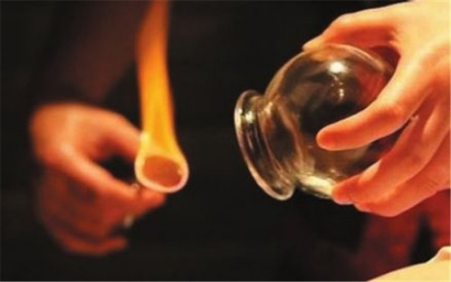
Balance Cupping Therapy is guided by Wang Wenyuan’s “Balance Theory”. It is based on the principles of Yin-Yang, utilizes the theory of nerve conduction, and focuses on self-balance to achieve self-repair, self-regulation, and self-improvement as therapeutic goals. By using natural techniques such as flash cupping and moving cupping, combined with the warming effects of fire and the negative pressure function of the cups, it acts on specific balance points to open the pores, warm the meridians, invigorate Qi, expel pathogens, and improve blood circulation, allowing for muscle relaxation and normal flow of Qi and blood, ultimately achieving Yin-Yang balance.


How to Perform?
Traditional Chinese Medicine



1. Flash Cupping
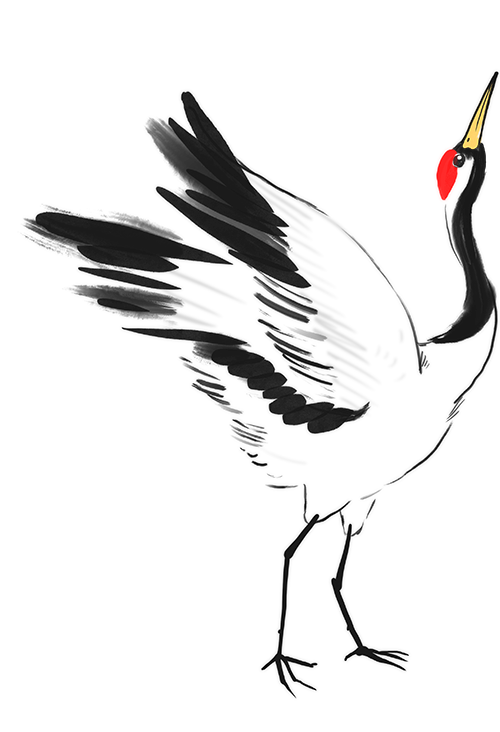
This is a cyclical technique of “leave-pull-leave”. It is performed along the nerves or the bladder meridian on the patient’s back. The cupping should be quick, sudden, and forceful, producing a loud sound. Clinically, it is applied to patients who are weak, elderly, have chronic conditions, or are in recovery, and it has the effect of warming the meridians and dispelling cold.
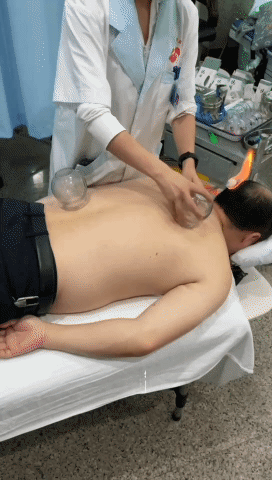

2. Rubbing Cupping

After flash cupping, use a warm cupping body to gently rub the bladder meridian on the back and waist in three circles from top to bottom. This technique relaxes muscles, alleviates muscle pain, promotes blood circulation, and unblocks the meridians.


3. Moving Cupping

Using essential oils, petroleum jelly, or paraffin oil as a medium, evenly apply it to the back. Place the cupping along the bladder meridian from top to bottom and along the governing vessel from bottom to top, moving the cups slowly in three circles until the skin shows a slight redness. Moving cupping enhances nerve excitability, accelerates blood circulation, promotes metabolism, and regulates the overall flow of Qi and blood.


4. Shaking Cupping

This technique involves rapid shaking in the direction of the nerves or meridians on the back, from top to bottom and from left to right. This is a typical draining method, often used for heat-type diseases, and has the effects of clearing heat, draining fire, and invigorating blood.
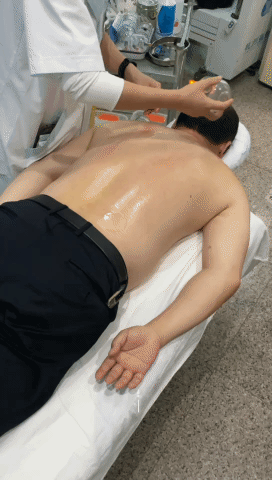

5. Retained Cupping

Also known as “Sitting Cupping Method”, this involves using the flash cupping method to retain the cup on the patient’s Dazhui (大椎) point and along the bladder meridian for about 10 minutes. Clinically, it is applied to patients with pain caused by wind, cold, and dampness, and can warm the meridians, dispel cold, and relieve dampness.


Observing Cupping Marks and Body Constitution
Traditional Chinese Medicine
1. Bright red cupping marks with local heat: indicates heat syndrome, excess syndrome, Yin deficiency constitution, or excessive fire.
2. Purple-black and dark cupping marks: indicates wind, cold, dampness, or Qi stagnation and blood stasis.
3. Cupping marks with bruising or grayish-white, pale color: indicates deficiency-cold or dampness.
4. Water vapor inside the cup: indicates cold syndrome or heavy dampness.
5. Appearance of Sha points after cupping: often indicates damp-heat.
6. Appearance of blisters after cupping: often indicates heavy dampness.
7. Blood-stained water inside the blisters after cupping: indicates damp-heat toxicity.
8. If the color of the cupping marks becomes lighter or the number of marks decreases during continuous cupping, it indicates improvement of the condition.



Indications
Traditional Chinese Medicine


The application sites for balance cupping are mainly along the governing vessel on the back and the bladder meridian of the foot, suitable for patients with colds, insomnia, shoulder periarthritis, neck and back pain, chronic fatigue syndrome, metabolic syndrome, menopausal syndrome, menstrual irregularities, and healthy individuals with damp-heat constitution.




Precautions
Traditional Chinese Medicine


1. After cupping, the local skin may appear red or purple-black, with slight pain, which is normal and will subside on its own.
2. Do not bathe within 4 hours after cupping, avoid direct wind, drink plenty of warm water, and keep the area warm.
3. Blisters may appear during treatment. If blisters occur, avoid breaking them; if they are large, they should be treated promptly to prevent infection.
4. Although balance cupping therapy has good efficacy for certain diseases, it should not be performed if there is high fever, convulsions, spasms, skin allergies, ulcers, or lesions. Additionally, it is not suitable for areas with thin muscles, uneven bones, excessive hair, or for pregnant women on the lower back and abdomen.
Reminder: As a specialized treatment method, balance cupping should not be performed at home, as it may cause harm to the body. It is recommended to seek treatment at a hospital or a qualified facility.



Consulting Experts
Traditional Chinese Medicine


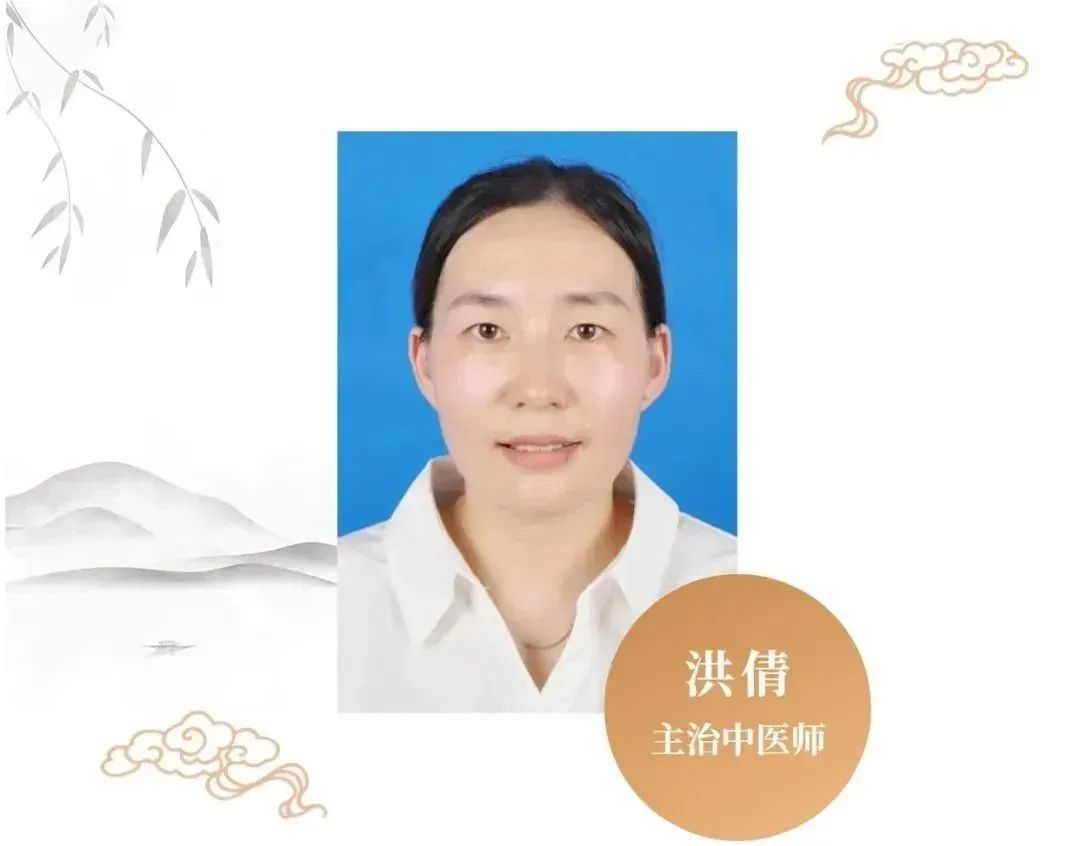 Expert from the Lanxi City Hospital of Traditional Chinese Medicine, part of the East-West Cooperation Project, graduated from Zhejiang University of Traditional Chinese Medicine with a degree in acupuncture and tuina, currently a graduate student. He has clinical experience in stroke, facial paralysis, tinnitus, cervical spondylosis, shoulder periarthritis, lumbar disc herniation, dysmenorrhea, menstrual irregularities, postpartum low back pain, obesity, urinary incontinence, and constipation.
Expert from the Lanxi City Hospital of Traditional Chinese Medicine, part of the East-West Cooperation Project, graduated from Zhejiang University of Traditional Chinese Medicine with a degree in acupuncture and tuina, currently a graduate student. He has clinical experience in stroke, facial paralysis, tinnitus, cervical spondylosis, shoulder periarthritis, lumbar disc herniation, dysmenorrhea, menstrual irregularities, postpartum low back pain, obesity, urinary incontinence, and constipation.


Address of the Department of Traditional Chinese Medicine, Tongjiang County Maternal and Child Health Hospital:First Floor, Outpatient Building, North Gate Area
[END]
